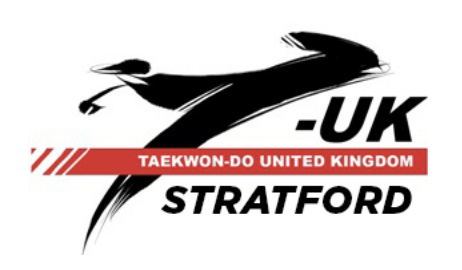About ITF
International Taekwon-Do Federation (ITF) is an organisation founded on March 22, 1966, by General Choi Hong Hi (Korean: 최홍희) in Seoul, South Korea. The ITF was founded to promote and encourage the growth of the Korean martial art of Taekwon-Do.
The ITF's main functions include coordinating and approving tournaments and seminars, setting standards for teaching (patterns, sparring, destruction), collaborating with affiliated member organizations, and providing services members in regards to rank and certifications.
For more information on ITF visit www.tkd-itf.org
Patterns
Patterns, or teul (틀) in Korean, originally called hyeong (형), form an important aspect of training in Taekwon-Do. They are equivalent to the kata in karate. The majority of the patterns (except Yul-Gok, Ul-Ji and Tong-Il) start with a defensive move, which emphasizes taekwon-do's defensive nature. All of the patterns start and end at the same location. This ensures that the practitioners' stances are the correct length, width, and in the proper direction.
The 24 Patterns in Taekwon-Do ITF are:
Chon-Ji (19 Movements) 9th kup
Dan-Gun (21 Movements) 8th kup
Do-San (24 Movements) 7th kup
Won-Hyo (28 Movements) 6th kup
Yul-Gok (38 Movements) 5th kup
Joong-Gun (32 Movements) 4th kup
Toi-Gye (37 Movements) 3rd kup
Hwa-Rang (29 Movements) 2nd kup
Choong-Moo (30 Movements) 1st kup
Kwang Gae (39 Movements) 1st dan
Po-Eun (36 Movements) 1st dan
Ge-Baek (44 Movements) 1st dan
Eui-Am (45 Movements) 2nd dan
Choong-Jang (52 Movements) 2nd dan
Juche (45 Movements) 2nd dan
Sam-Il (33 Movements) 3rd dan
Yoo-Sin (68 Movements) 3rd dan
Choi-Yong (46 Movements) 3rd dan
Yon-Gae (49 Movements) 4th dan
Ul-Ji (42 Movements) 4th dan
Moon-Moo (61 Movements) 4th dan
So-San (72 Movements) 5th dan
Se-Jong (24 Movements) 5th dan
Tong-Il (56 Movements) 6th dan
The 2 Retired Patterns in Taekwon-Do ITF are:
Ko-Dang (39 Movements)
U-Nam
Sparring
The International Taekwon-Do Federation's sparring rules are similar to the WTF's rules, but differ in several aspects.
Hand attacks to the head are allowed.
The scoring system is:
1 Point for: Punch to the body or head.
2 Points for: Kick to the body.
3 Points for: Any kick to the head.
The competition area is typically a 10x10 meter square in international championships. Circular rings are also used, although generally not under competitive circumstances.
Taekwon-Do Tenets
There are five tenets defined in the ITF.
Courtesy (Ye-ui / 예의)Showing courtesy to all, respecting others, having manners as well as maintaining the appropriate etiquette at all times, both within and outside the dojang (도장) (designated training area).
Integrity (Yeom-chi / 염치)Although it may be similar, this form of integrity takes on a more wider role then defined in the common dictionary. In Taekwondo, integrity means not only to determine what is right or wrong but also having the conscience to feel guilt if one has done wrong and to have the integrity stand up for what is right.
Perseverance (In-nae / 인내)One will persevere time and time again until they have achieved a result which is adequate towards what one was trying to achieve.
Self-control (Geuk-gi / 극기)This means to not only have control over one's physical acts, but also their mental thoughts and actions.
Indomitable spirit (Baek-jeol-bul-gul / 백절불굴)To have indomitable spirit means to have the courage to stand up for what you believe in, no matter what odds you are up against, and to always give 100% effort in whatever you do.


